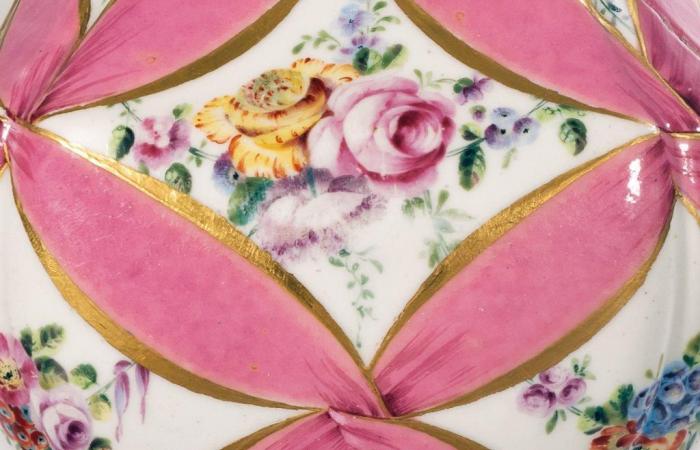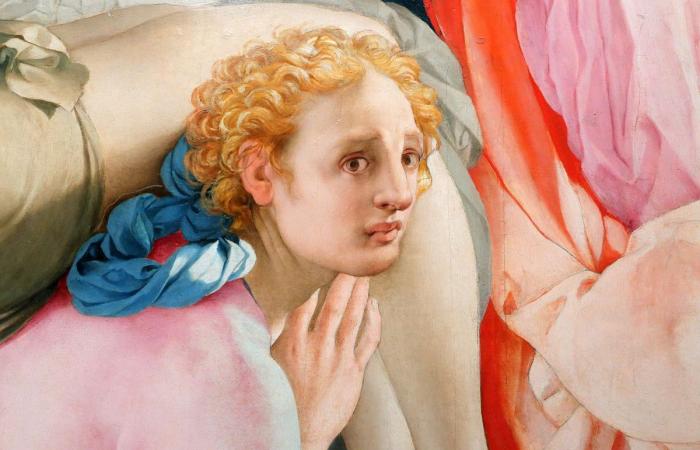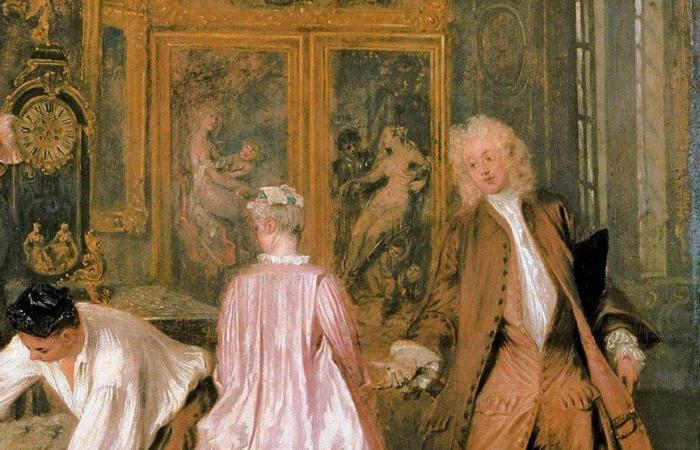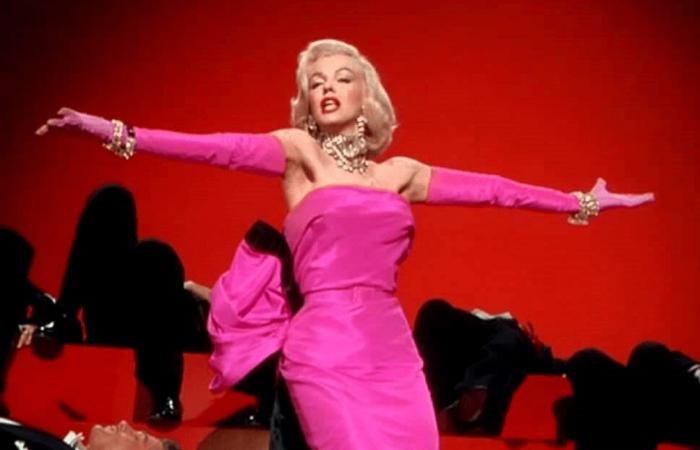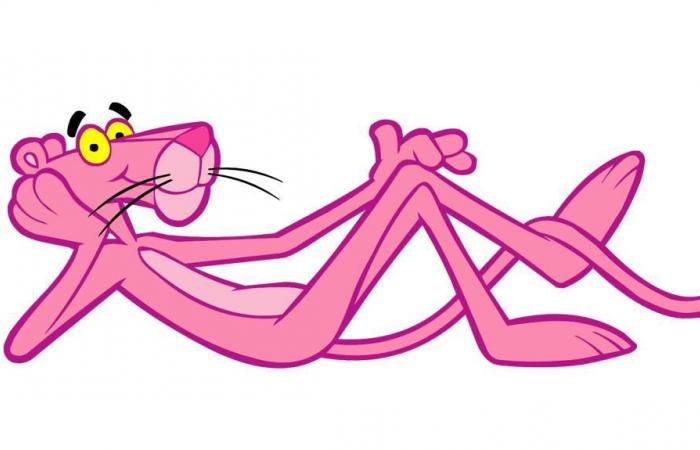– Michel Pastoureau tells the story of pink
It has always existed, but it took 1755 for it to be so named. The work launches the historian’s series on half-colors.
Published today at 9:25 a.m.
A Sèvres porcelain from the 1750s. We then loved bright shades.
DR.
Subscribe now and enjoy the audio playback feature.
BotTalk
“Think pink.” The all-powerful fashion editor unleashes her ukase in a scene orchestrated by Richard Avedon for “Funny Face.” And little hands unfurl miles of pink fabric. The year is 1957. This fictional woman had flair. A color that is not really one has invaded our space. The specialist on the subject Michel Pastoureau, who has just released “Rose”, however sees in it less the influence of Barbie than the universal popularity of the panther invented for the credits of the film “The Pink Panther” by Blake Edwards in 1963. doll launched by Mattel in 1959 would only remain a follower. At first she was dressed in black and white. As most photos still remained at the time…

An announcement, pink as it should be, for a conference by the author.
DR.
This book is really a nice surprise! I feared that the French academic would put down his pen after fifty years of research. Encountering immense popular success (totally unforeseen) in 2000 with “Bleu”, he toured the classic tones, ending with “Blanc” in 2022. Unexpected for those who still believe that it is not about there of a color. A series was closed. The author no longer seemed young. He was also overwhelmed by requests for conferences. “Rose” is now starting her second cycle, as they say in studies. We enter with him into the half-colors which will also be orange, gray, purple and brown. Note that this ambiguous status does not undermine their success in a world that has otherwise embraced gender fluidity. Gray and brown have become even more dominant than pink these days. They probably owe it to their pseudo-respectability. What is tasteless, odorless and colorless by definition offends no one. But pink smells very strongly of roses, it’s well known!

“The Apocalypse of Angers”, 14th century. The Middle Ages loved pink fantasy architecture.
DR.
Michel Pastoureau had however announced that he did not want to devote an entire volume to this shade in 2016. He then signed an essay in the catalog of the excellent exhibition Barbie (the doll, not Klaus!) organized in Paris by a Museum of Decorative Arts s preparing to become the MAD. The history of this nuance remained, according to him, too incomplete. It appeared in force around 1720 and was named as such in a notice in the “Encyclopédie” written by Denis Diderot in 1755. How can we trace its prehistory? However, the problem already arose for green, which the historian had analyzed in 2013. The Ancients were unable to distinguish it from blue. However, our retinal system has not changed in two thousand years. How can we explain this inability to designate what we have before our eyes? There have always been elements in nature that tend to be pink, if only the dawns when the weather deigns to be nice. However, Homer’s famous “rosy-fingered dawn” refers rather to the flower which remained white, red or sometimes yellow at the time. With only five petals. The one we know was born, just like the pink pig, from hybridizations at the end of the 18th century. Before, pigs remained black like their cousins, wild boars.

A fragment of the “Descent from the Cross” by Jacopo Pontormo. Mannerist painting loved pink in the 16th century. But such clothes were never worn.
DR-.
Due to the lack of archives and the absence of texts, Michel Pastoureau had to look into the works. Yes, there has been pink there since Antiquity. The latter spasmodically crosses the Middle Ages with the fantasy architectures of painters and clothing whose material reality we will never know. Created by a dye generally obtained by crushing wood (including Brazil, which ended up giving its name to an entire immense nation), these more or less vivid pinks were undoubtedly not always so obvious. There may have been discolorations, more or less accentuated. This is also the case in painting. I remember noticing the sumptuous salmon coat worn by the (male) model of a huge portrait by the Englishman Josuah Reynolds, executed around 1770. The restorers were certain. This is a pigment defect. Initially, this gentleman was in red. So you have to be careful. Look at the context. We feel reassured when such a medieval miniature, such a primitive Italian panel shows pink, red and white simultaneously. A question arises, however, which of course Michel Pastoureau raises. Are these aesthetic fictions, or were these spectacular outfits worn at the time?
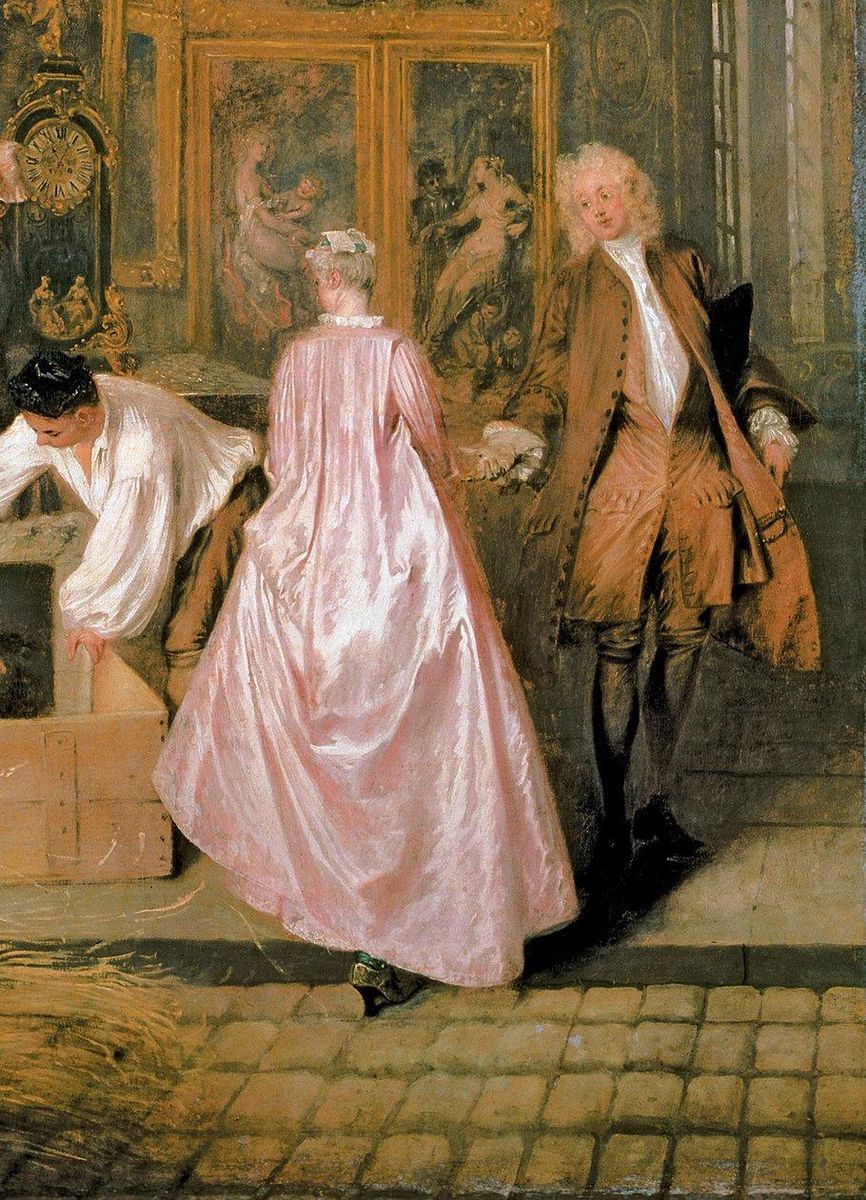
The lady in pink from “The Ensign of Gersaint” by Antoine Watteau, executed in 1720. Pink then leaves for glory.
From the 18th century, which also marks real progress in the art of dyeing, everything becomes clearer. Pink is the fashionable color, with varieties that today would be described as strong. The textiles have been exposed to the sun. The paintings have yellowed. The porcelain has lost none of its shine. This is the case with the famous “Sèvres rose” that the Pompadour loved. It is a color that is as booming as the famous “shocking” imagined by the seamstress Elsa Schiaparelli at the end of the 1930s. The dying tones are later inventions. These are variants which are intended to be suitable, because they are attenuated. Asexual. Think of the underwear of the old ladies of my childhood or of a layette that turned pink very late only for little girls.
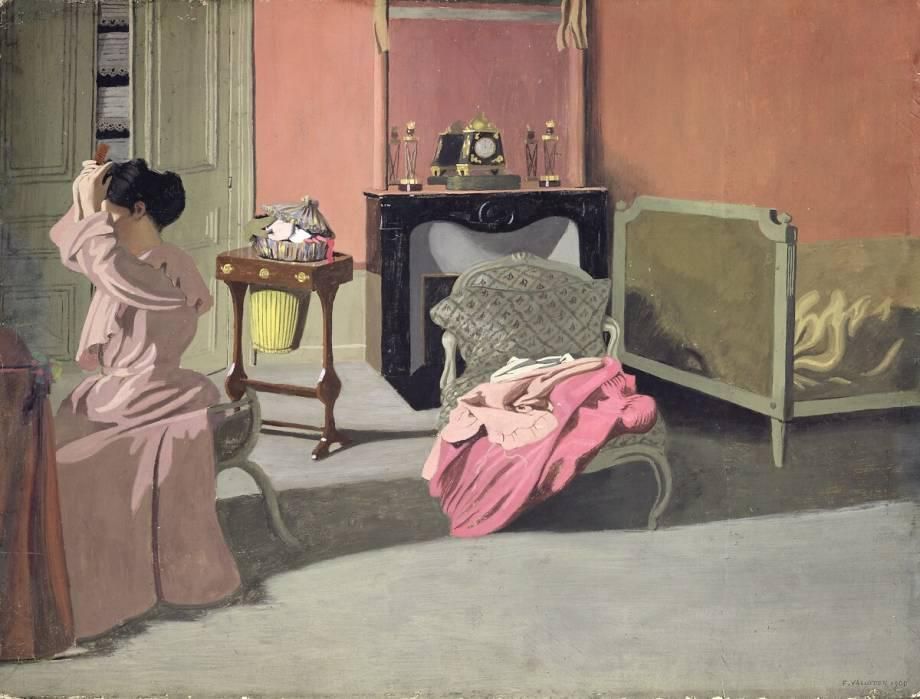
A shades of roses by the Lausanne resident Félix Vallotton around 1910.
DR.
This poses a gendered question, something that is becoming very fashionable these days. Does pink appear masculine, feminine or unisex? The 19th century had banned color (apart from black and white, of course!) for gentlemen. A revolution broke out gently from 1960. I remember the excitement, and almost the swoons, that the first purple, flesh, candy and other shirts for teenagers caused. A burst of radiance as violent as the appearance of long hair. Pink has since become aggressive. Violent. Saturated. A sign, as we will have understood, of obvious modernity. Elvis Presley of course had his pink Cadillac. Tired of red, rugby players sometimes turned pink, like the life sung by Edith Piaf. Normal! Pink is pop. Pink is chic. Pink is shocking. We can’t always stay in black, which is also the wrong color. The same goes for orange, which Michel Pastoureau will tell us about one of these days. He too was the subject of a brief essay in the catalog of the exhibition on redheads and redheads at the Henner Museum in Paris in 2019. The author also declared at the time that he had not more to say. Too many unknowns. He also changed his mind about the featured color of the 1920s, then the 1970s. So much the better!
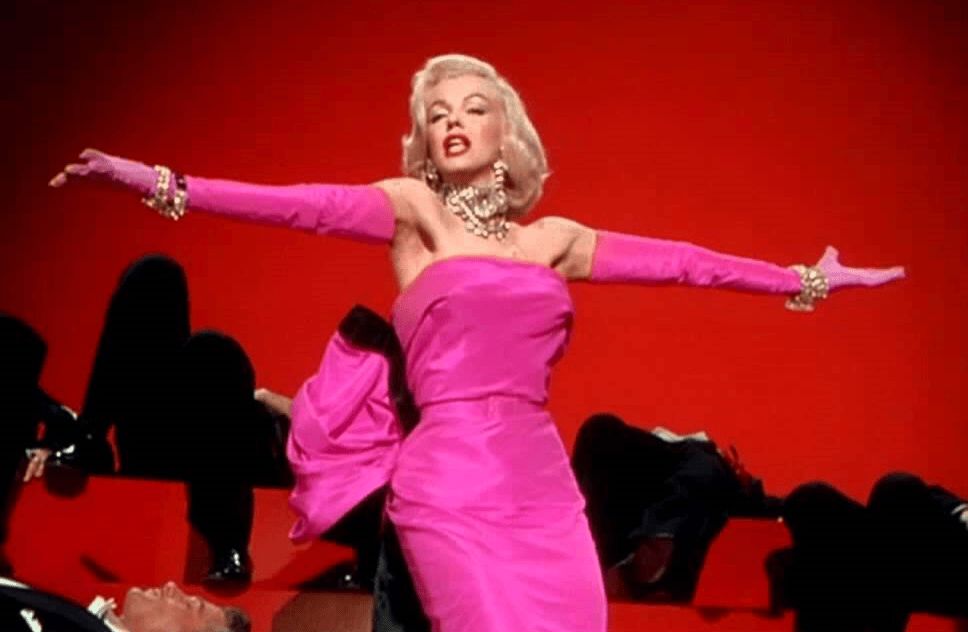
Marilyn dances in “Gentlemen Prefer Blondes” in 1952.
DR.
Practical
“Rose, History of a color”, by Michel Pastoureau, Editions Seuil, 191 pages.
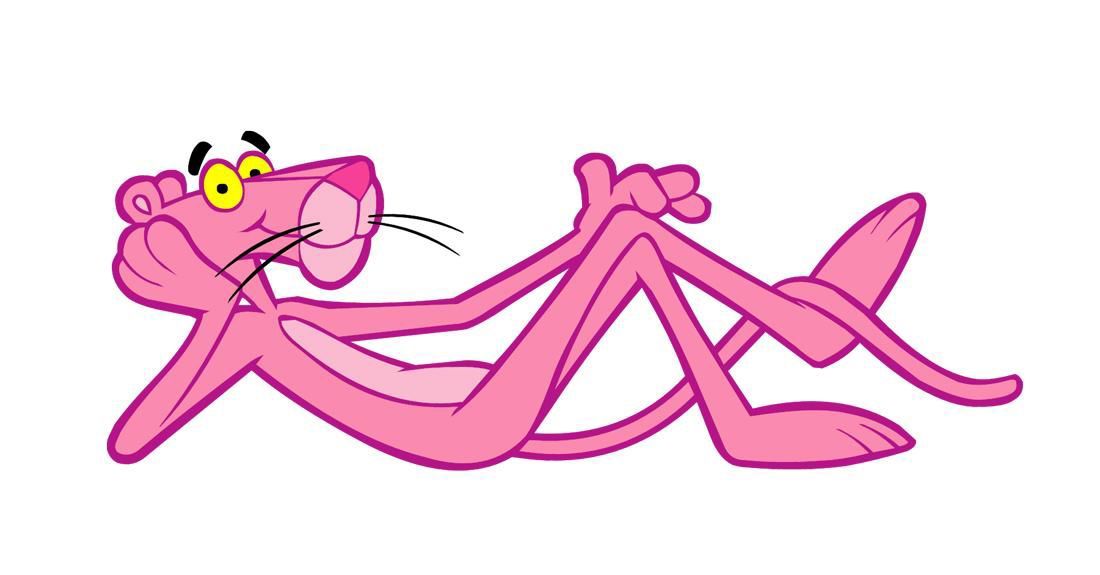
And of course the pink panther to finish! She was born in 1963.
DR.
“Etienne Dumont’s week”
Every Friday, find the cultural news sketched by the famous journalist.
Other newsletters
Log in
Born in 1948, Etienne Dumont studied in Geneva which were of little use to him. Latin, Greek, law. A failed lawyer, he turned to journalism. Most often in the cultural sections, he worked from March 1974 to May 2013 at the “Tribune de Genève”, starting by talking about cinema. Then came fine arts and books. Other than that, as you can see, nothing to report.More info
Did you find an error? Please report it to us.


